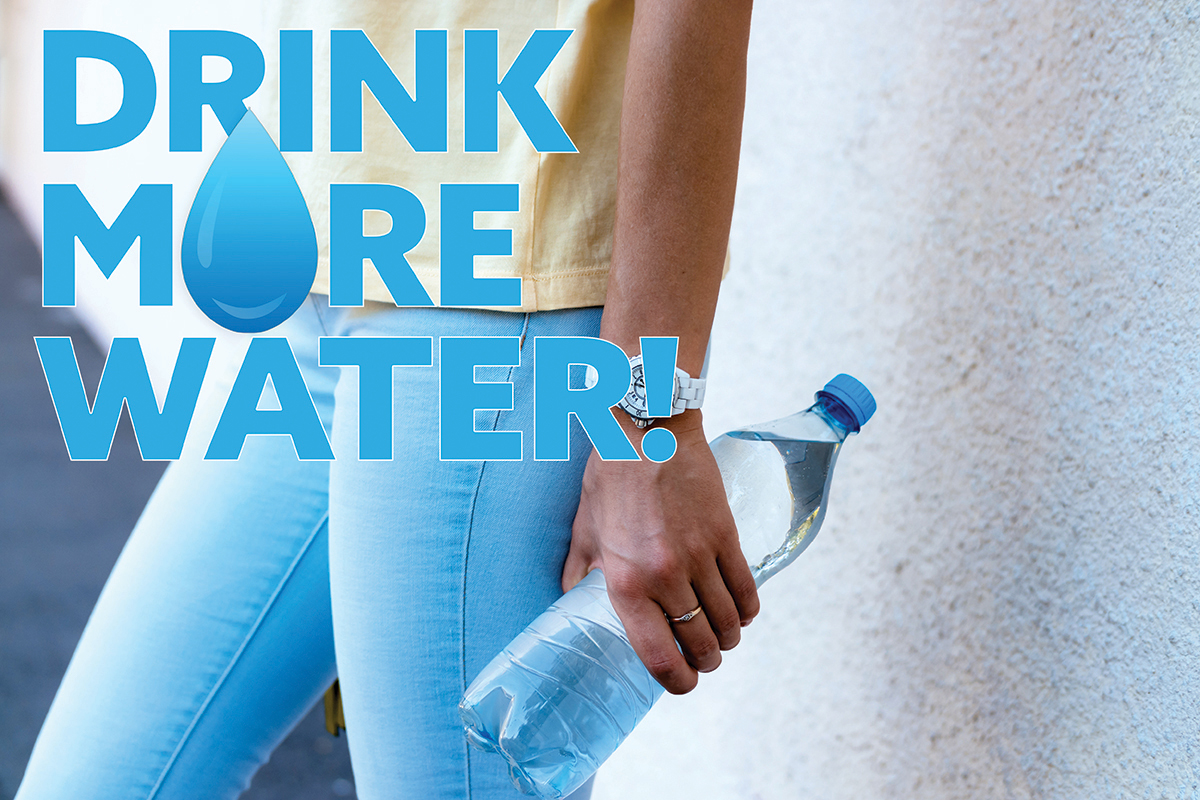VIEWS: 2579
June 17, 2021Staying Hydrated This Summer
As temperatures start to rise, it’s important to drink enough liquids to keep your body properly hydrated. Being dehydrated means you are losing more water than you take in.
According to the U.S. National Research Council, it is recommended that a person should drink eight to 10 glasses of water each day, with each glass holding 8 ounces. This is an average goal and a good place to start, but you may need more or less water depending on your overall state of health, your activity level and the climate where you live.
However, pay attention to the signs of dehydration, which include dry mouth, headache and lack of energy. More serious dehydration can cause lightheadedness, weakness, muscle cramps, nausea and vomiting, dark yellow urine and heart palpitations.
For mild dehydration, take small sips of water, drink carbohydrate/electrolyte-containing drinks or suck on ice chips. But if you or someone around you is experiencing symptoms of severe dehydration—fast heartbeat and breathing, muscle cramps, low blood pressure, nausea—get medical help as soon as possible.
Thirst is a sign that your body is already low on fluids, so it’s important to drink liquids throughout the day to stay hydrated. Always carry a full bottle of water with you maintain hydration throughout the day and drink water with every meal. By doing so you can increase your daily water intake and avoid the effects of dehydration.







